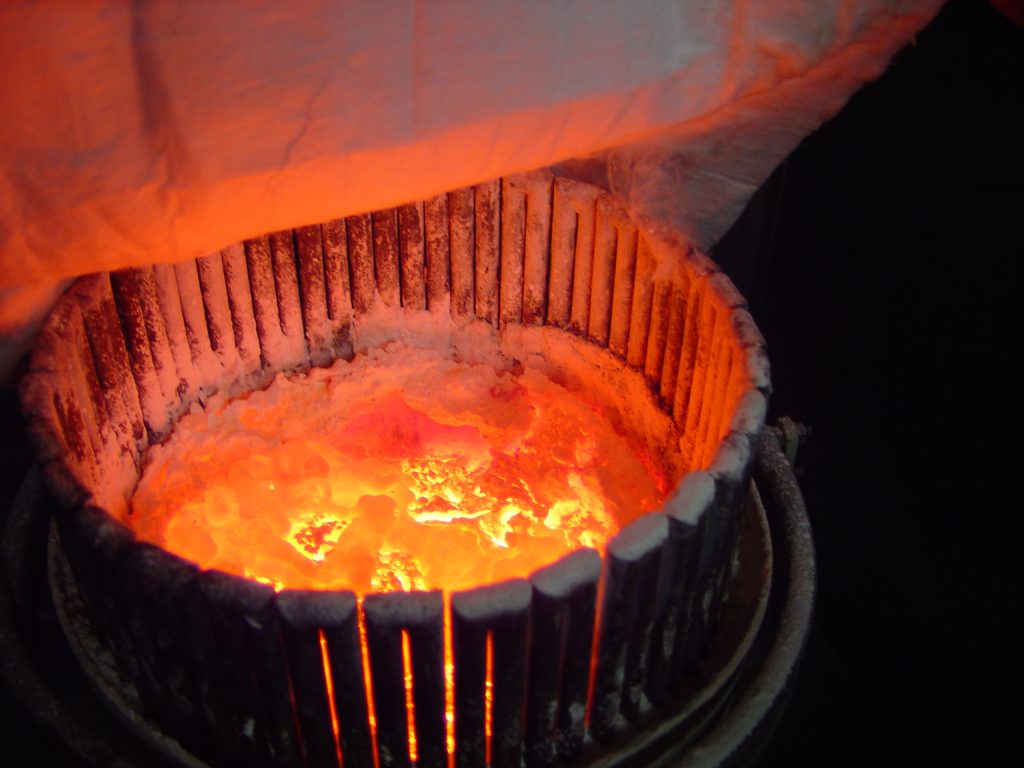I love slow fencing and I think it is an essential part of training. It will help you develop strategic and tactical awareness, develop flow, and overcome your reactionary qualities and replace them with more effective responses. However, slow work on its own does not fully prepare you for combat. True martial combat exists without an agreed upon limit to speed.
An attack can come surprisingly fast and the forces at work when you parry, move or deflect are substantially different as speeds increase. If you want to become a martial practitioner who is capable of conducting techniques in truly applied environments you must make at-speed training a part of your development.
Beyond using slower speeds to help build tactical awareness, we also slow speeds down to create safety. Safety is essential to long-term healthy practice. So how do we increase speed without having to add excessive amounts of protective gear?
This past week Luis Preto delivered a workshop at Academie Duello where he offered some very pertinent ideas to building training programs for at-speed work. I’ll share those here:
1. Train solo techniques at full speed and power.
Make sure that while you train for precision and flow that you also practice your techniques at maximum velocity. This doesn’t mean that all of your practice should be at this speed, but you must program yourself to have stability at higher speeds by acting at them. You won’t really understand what it takes to harness more powerful motions at higher speeds without practicing movement at those speeds.
2. Practice reactions out of measure.
If you don’t want to place yourself in the path of a fast strike that you may not be able to parry, place yourself out of distance from your training partner. Now you can have them conduct their attack at full speed and you can practice performing the responding action in the right moment.
3. Increase speed within a controlled context.
Take a single drill and scale the speed of that drill up from 1 (glacial) to 5 (maximum speed.) Be sure to stay within the limits of your motor skills. This type of drilling can help reveal actions that are physically impossible to conduct in full speed combat because the timing of them is imbalanced. It’s important to note that any action that is done in response to your opponent is always going to be late because there is a delay in the time it takes to first identify and then respond to their action.
In classes we are often working at slower speeds as we learn new techniques, and we generally practice within measure in order to ensure that everything is happening correctly. Training up from drilling and slow work to full speed, however, should be your goal if you wish to perform those techniques in combat.
Remember, as with all things, that each approach has its place. The key is to understand the outcome that you wish to achieve and select the collection of tools that will help you get there safely and efficiently.
